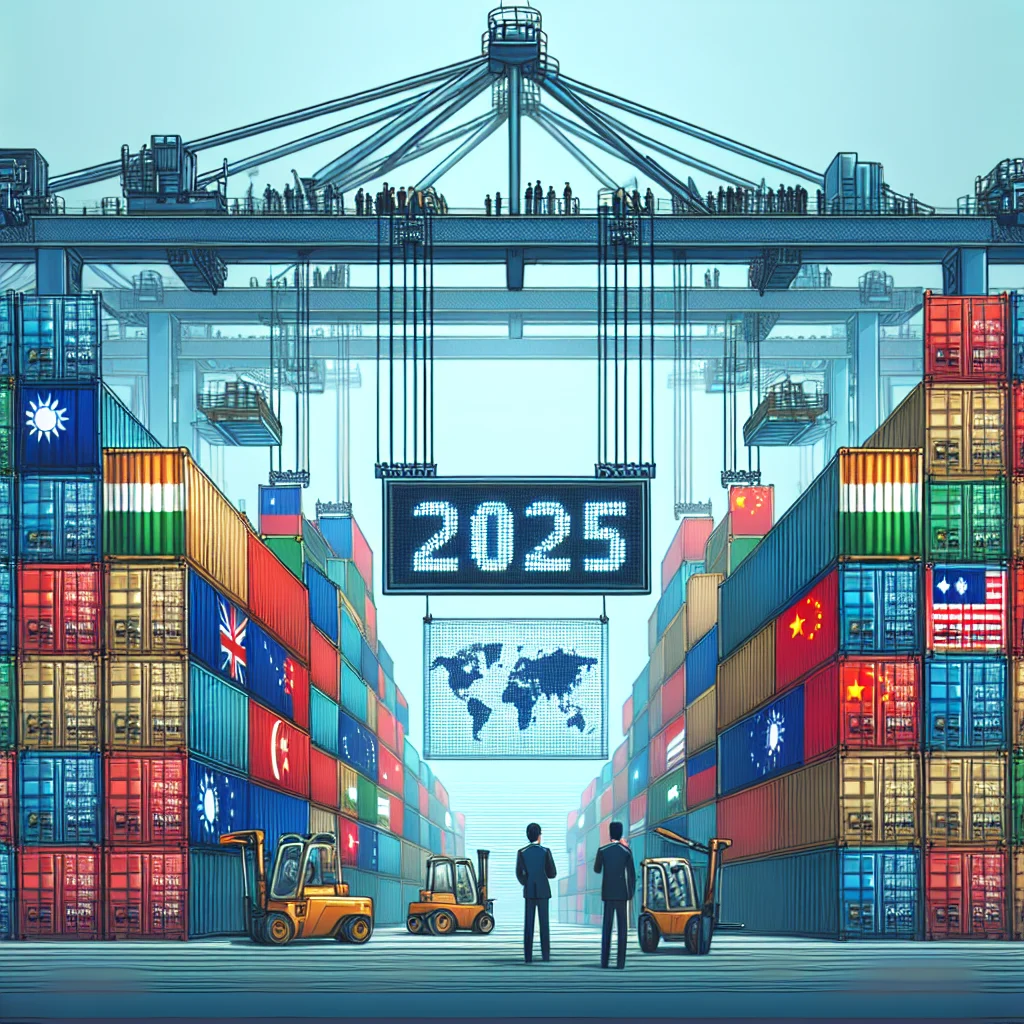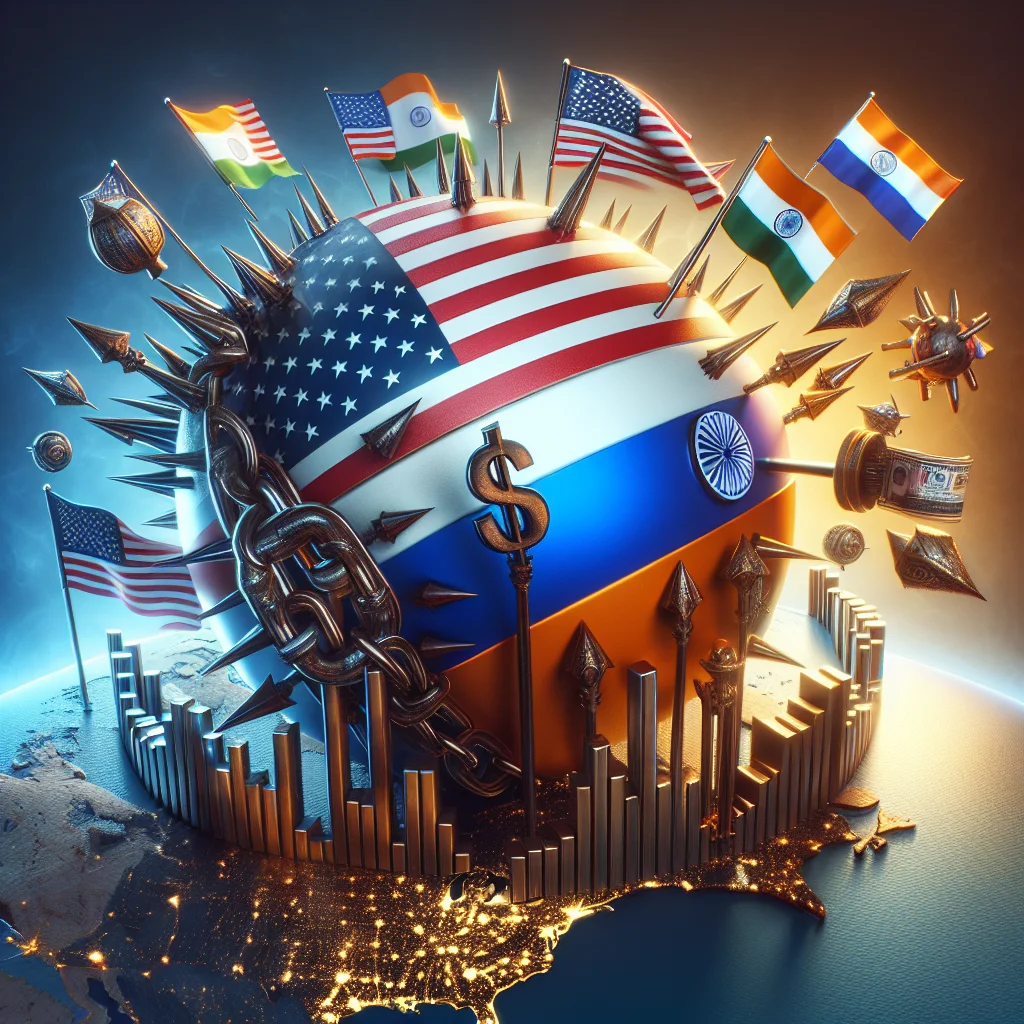
As of August 1, 2025, the United States has implemented a new wave of tariffs under the administration of President Donald Trump, who returned to office in January. The latest measures have significant implications for global trade, targeting a broad range of products from countries including India, Taiwan, China, Vietnam, and the European Union. Here is a comprehensive overview of the tariffs currently in effect.
Background: Trump’s Trade Policy Revival
Upon resuming office, President Trump prioritized the reintroduction and expansion of tariffs as a strategy to address what the administration calls "unfair trade practices" and to strengthen American manufacturing. The tariffs, many of which build on measures originally introduced during his first term, have been expanded in both scope and value.
Full List of 2025 Trump Tariffs by Country
India
- Steel and Aluminum: 25% tariff on steel and 10% on aluminum imports.
- Pharmaceuticals: 15% tariff on generic drugs, with exemptions for critical medicines.
- Textiles: 20% tariff on cotton and synthetic apparel.
Taiwan
- Semiconductors: 15% tariff on finished semiconductors and integrated circuits.
- Consumer Electronics: 10% tariff on laptops, smartphones, and related devices.
China
- Electric Vehicles (EVs): 100% tariff on imported Chinese EVs (increased from 50% in May 2025).
- Solar Panels and Batteries: 50% tariff on solar panels, lithium-ion batteries, and related components.
- Machinery and Industrial Equipment: 25% tariff on key manufacturing equipment.
Vietnam
- Apparel and Footwear: 20% tariff on clothing, shoes, and accessories.
- Furniture: 15% tariff on wood and metal furniture.
European Union
- Automobiles: 25% tariff on EU-made cars and trucks.
- Cheese and Wine: 20% tariff on cheese, wine, and spirits imported from the EU.
- Aerospace: 15% tariff on aircraft and parts.
Implications for U.S. Businesses and Consumers
American manufacturers and agricultural producers have expressed mixed reactions. While some welcome the protectionist measures as a boost to domestic industries, others warn of potential price increases for consumers and retaliatory actions from trading partners. The tariffs have already prompted several countries to announce their own countermeasures, increasing uncertainty in global supply chains.
Looking Ahead
As negotiations continue with several affected countries, the Trump administration has indicated openness to revising tariffs if "fairer trade terms" are reached. U.S. exporters and importers are advised to monitor ongoing developments, as further changes to the tariff structure remain possible in the coming months.












